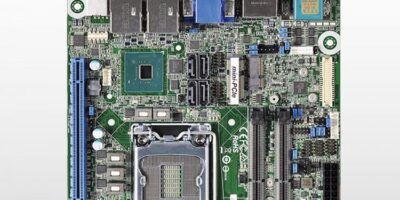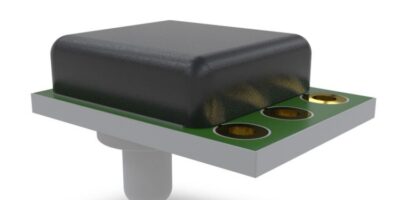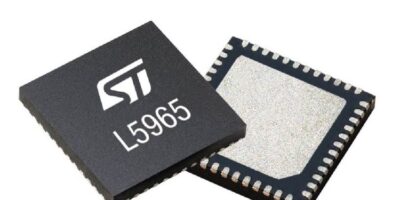Scalable processing power for industrial automation, medical equipment and IoT applications is provided with the WADE-8211-Q370, a Mini-ITX form factor embedded system board based on the 8th Generation Intel Core processor (formerly Coffee Lake) and Intel Q370 Express chipset.
The board from Portwell has four independent video outputs. The 8th Generation Intel Core processor is built on 14nm process technology using 3D Tri-gate transistor technology for improved energy efficiency and an increase in performance, according to Portwell. The Mini-ITX Board includes Intel Turbo Boost Technology for faster processing, Intel vPro Technology for superior remote configuration capabilities and Intel Hyperthreading for multi-threaded processing. These features combine to reduce manageability cost and improve security, says Portwell, making the WADE-8211suitable for industrial automation, medical equipment, transportation and retail systems.
Based on Mini-ITX form factor, the WADE-8211 is a suitable size for applications with small footprint computer and supports the powerful Intel Core i7 / i5 / i3 and the Intel Pentium / Intel Celeron processor series. There board guarantees highest functionality on a small-sized surface with Intel AMT 12.0 and vPro support, two Intel GbE LAN and BIOS configurable PCI Express lane, says Portwell. It is designed and tested for enhanced operating temperature range up to 60 degrees C and 24/7 continuous operation.
The WADE-8211-Q370 supports up to 32Gbyte non-error correcting code (ECC) DDR4 memory up to 2133MHz on two 260-pin SO-DIMM sockets making it faster than its predecessor. Its expansion interface supports one PCI Express x16 Gen3 (8.0GT per second) for enhanced video performance and supports one Mini-PCIe and two M.2 slots (one M.2 Type E socket (2230) for wireless, one M.2 Type M socket (2242/2260/2280) for SSD).
The board supports four type independent displays, dual DisplayPort, VGA and 24bit LVDS with greater 3D performance compared to its previous generation, reports Portwell. The board operates with a low TDP CPU (35W) and the enhancement in flash playback, rich 2D/3D graphics quality, security and power efficiency makes it suitable for industrial automation, medical imaging, retail automation, transportation and digital signage markets.







